In this type of deformity, the maxilla and the mandible are maloccluded, i.e. either the maxilla is retruded, the mandible is protruded, or a combination of both occurs. Patients with this malocclusion have a concave face profile and their mandibular teeth are inclined backwards to compensate for the overjet, which can cause the mandibular teeth crowding. If Class III malocclusion is due to maxillary deficiency and the patient visits before puberty, extraoral orthodontic appliances or even small intraoral appliances (with novel bone anchorage techniques) can be used to direct the maxilla forward.
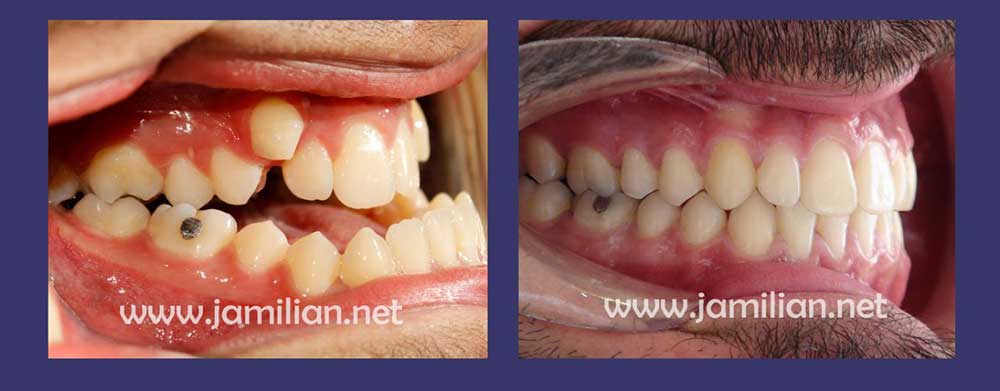
Patients referring dentists after puberty will need orthodontic surgery. Face masks and reverse chin cups are the major extraoral appliances used to treat this type of disorder. Class III malocclusion due to mandibular prognathism cannot be treated through orthodontics, and surgical intervention will also be required.
Generally, most patients think that they should go to an orthodontist only when they have malpositioned teeth. However, one of the problems that orthodontic treatments can resolve is jaw deformity. Resolving jaw deformities could be a substantial step towards treating it and correcting the position of teeth. There are different types of jaw deformities and we will discuss class III in the following.
It is very difficult to diagnose and treat class III jaw deformities that are commonly known by mandibular excess (overgrowth of lower jaw) or maxillary deficiency (lack of growth of upper jaw) or a combination of both. In fact, such deformities affect different parts of the body including bones and skeleton, skull, teeth, upper and lower jaws.
For example, in this deformity, lower jaw teeth could have inward inclination and cause teeth to appear misaligned. When faced with such a condition, most patients go to an orthodontist to treat their misaligned teeth.
Choosing the proper orthodontic treatments for these types of deformities is important to keep the patient healthy. The proper treatment is determined by the orthodontist. Class III jaw deformity could either be genetic and ethnic or caused by the environment and wrong habits. Previously, it was believed that the lower jaw was the cause of such deformity, but later it was shown that 30 to 40 percent of patients had maxillary deficiency in addition to mandibular excess.
Types of Class III jaw deformity
Class III jaw deformity is divided into two types. In the first type, which is called functional or pseudo class 3, the orthodontist can push the lower jaw back to its correct position by hand when examining.
If diagnosed and treated early, this problem could be resolved by orthodontic treatments and without any need for surgery. Treatment follow-up is significant for the best results. Incomplete treatment can cause further problems.
Real class III jaw deformity, which is mostly caused by malposition of the lower jaw, upper jaw, or both, often require more complex treatments. In this deformity, the orthodontist cannot push the lower jaw back to its correct position by hand. This problem may require surgical treatment in addition to orthodontic ones.
Class III jaw deformity treatment
The intensity, the main place of the problem, and patient age are very important in the treatment of class III jaw deformities. The treatment may be in the developmental stages or after the development age based on the conditions of the patient. The orthodontist may recommend treatment after the development period according to the intensity of the deformity. For example, if the problem was maxillary deficiency and was diagnosed before puberty, based on the intensity of the problem, it may be possible to push the upper jaw forward. This is being conducted with the help of orthodontic devices and would be resolved without surgery. If the problem was intense, the orthodontist may want to wait until after development age and then decide based on the necessity of surgery. If the same problem was diagnosed after puberty, it most likely would require surgery or ortho surgical treatment.
If the class III jaw deformities were because of mandibular excess, it most probably would require surgery. The intensity of deformity determines the treatment method. Nonetheless, surgery in addition to orthodontic treatment is inevitable in most cases in adults. There are different methods for maxillary surgery each of which has advantages and disadvantages. The orthodontist decides which method of surgery is needed.
Therefore, the orthodontist may recommend to you maxillary surgery for treatment in some cases and highlight that the malposition of your teeth could not be resolved without it. It is necessary to consult with an orthodontist in order to choose the best treatment.
Furthermore, no matter where in the world, it is recommended to arrange the first appointment with an orthodontist for your child before she/he is seven years old. Therefore, treatment could be carried out in developmental stages if required and complex treatments in later stages will be avoided. Additionally, there are benefits that come alongside younger ages compared to older ages. It is possible that the problem may be easily resolved by simple treatments and in a short period of time.
Download Chapter 19 of “Treatment Protocol for Skeletal Class III Malocclusion in Growing Patients.”
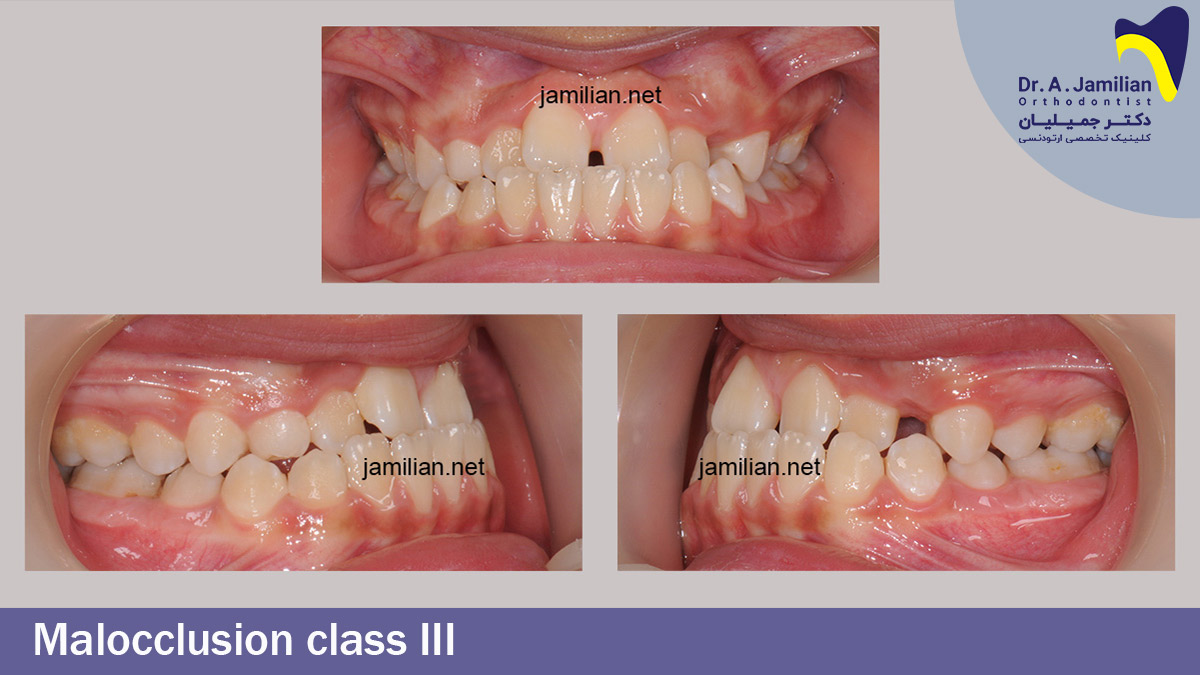
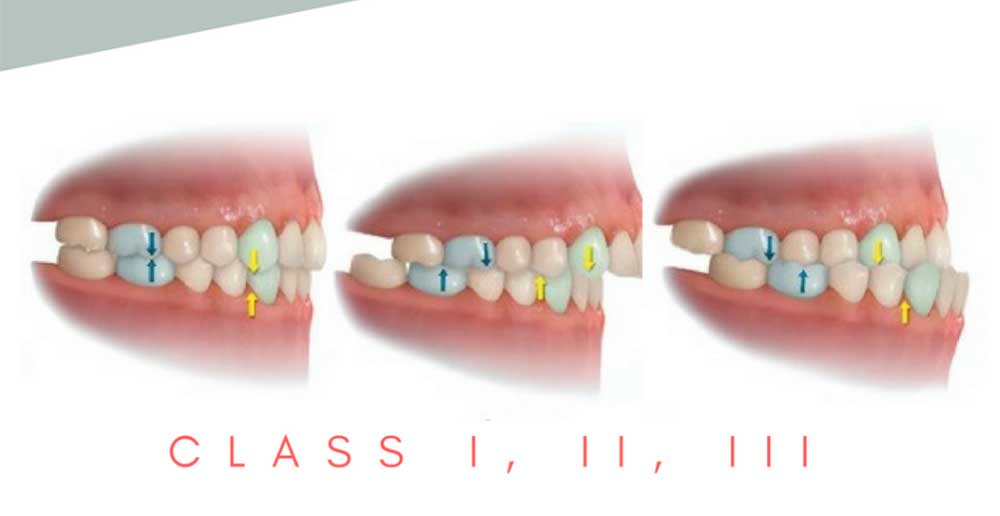
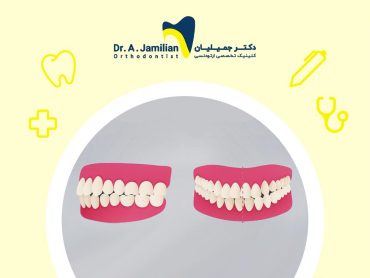
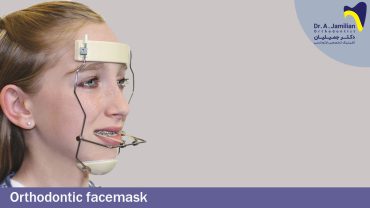
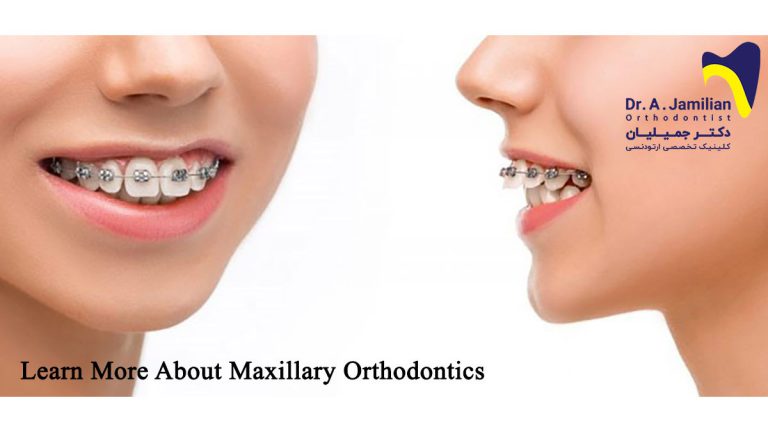




This is a great blog.
Thanks
I love reading your site.
It is very kind of you